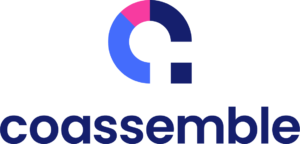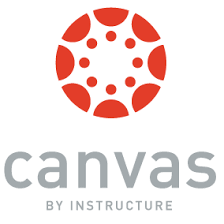Online learning has become popular in the education world for various reasons, one of the most essential ones being that it is a flexible solution for users with more complex learning requirements. Online users can complete courses at their own pace, according to their schedule and time zone. However, for this to be possible, your Learning Management System must accommodate asynchronous self-paced learning.
What Is Asynchronous Self-Paced Learning?
Asynchronous learning is the educational approach that allows learners to access training content, complete and submit assignments, and communicate with their instructors without a set timeframe. There are no live meetings or training sessions, and learners don't have to be in the same location or even the same time zone to attend the same course. However, there are still deadlines and specific expectations in scores and submissions that everyone must abide by.
Why Choose An Asynchronous Self-Paced LMS?
Asynchronous self-paced LMSs can enhance your online learning strategy in various ways. The main reason why eLearning instructors and users opt for these systems is the convenience they provide. These LMSs make learning accessible to online learners around the world, including individuals with disabilities who cannot attend in-person seminars or workshops. In addition to that, they promote personalized learning, allowing online learners to revisit content, spend more time on a topic that challenges them, or skip over materials they already understand. Finally, they ensure consistent learning for everyone, as they provide standardized content that has been proven to be highly effective.
Find The Right LMS With Asynchronous Self-Paced Features
If you are interested in making self-paced learning a part of your online learning strategy, then this is your opportunity to invest in an asynchronous self-paced Learning Management System. To ensure the best results, read eLearning Industry's Top Software directory to compare various solutions that accommodate asynchronous learning and choose the best one for the learning needs of your audience.











